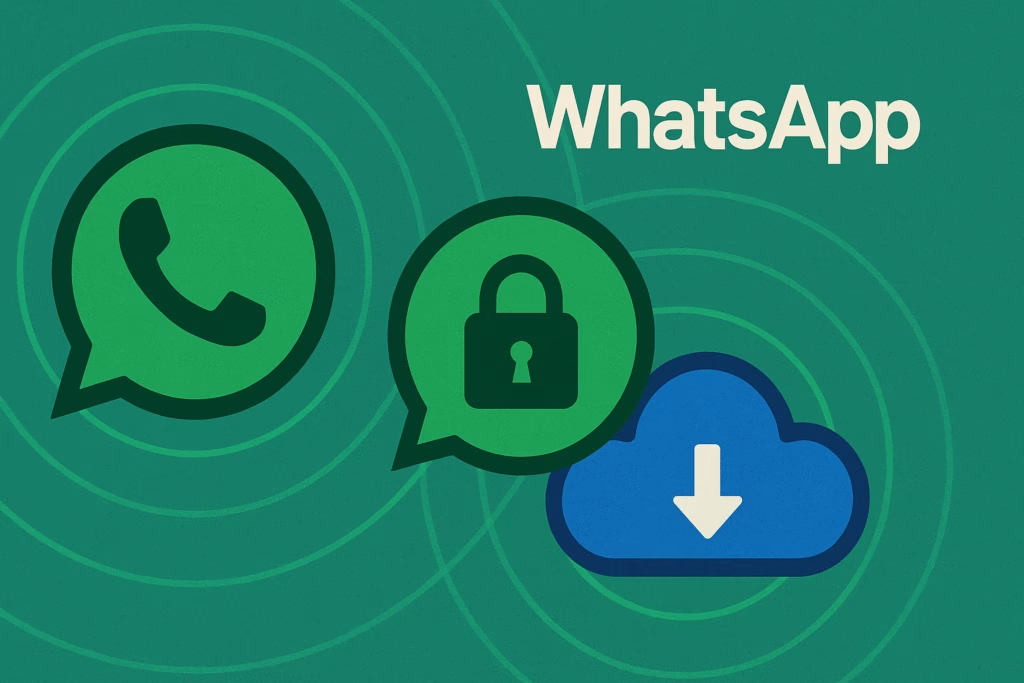
Introduction
Phishing attacks impersonating American Express have surged in recent years, putting cardholders’ personal and financial data at risk. In 2023 alone, the FBI’s Internet Crime Complaint Center (IC3) received over 300,000 phishing-related complaints, with losses exceeding $54 million. Knowing how to quickly and correctly report Amex phishing is critical to limiting damage, protecting your credit score, and helping American Express shut down fraudsters.
This comprehensive manual walks you through:
- How to identify American Express phishing scams
- Why prompt reporting matters
- A step-by-step reporting process
- Best practices to stay protected
- Real-world case studies and key takeaways
Understanding American Express Phishing Threats
What Is Amex Phishing?
American Express phishing refers to fraudulent emails, text messages, or websites designed to trick cardholders into divulging login credentials, credit card numbers, Social Security numbers, or other sensitive information. Cybercriminals mimic Amex branding—using logos, email addresses that look legitimate, and urgent language—to trick recipients into clicking malicious links or downloading attachments.
Common Phishing Tactics
- Urgent Account Alerts: Emails claiming your statement is overdue or suspicious charges have appeared.
- Fake Verification Requests: Messages asking you to “verify” personal data to avoid service suspension.
- Malicious Links and Attachments: Links redirect to credential-stealing websites or attachments containing malware.
- Impersonated Phone Calls (Vishing): Scammers call pretending to be Amex agents, requesting verification codes.
Why Reporting Phishing to American Express Matters
Promptly reporting American Express phishing helps to:
- Limit financial losses by freezing compromised accounts.
- Enable Amex security teams to trace scam infrastructure.
- Protect other cardholders by taking down malicious sites.
- Assist law enforcement and regulatory bodies in tracking cybercriminals.
By reporting suspected phishing attempts, you not only safeguard your own data but contribute to collective defense against identity theft and fraud.
Step-by-Step Guide to Report AMEX Phishing
Follow these actionable steps to report Amex phishing quickly and accurately:
-
Do Not Click or Download
If you receive a suspicious email or SMS, avoid clicking links or opening attachments. Close the message and do not supply any information. -
Preserve the Original Message
Keep the email headers and full message body intact. This helps Amex security analysts trace the source. In most email clients, choose “View original” or “Show source.” -
Forward to American Express
Send the suspicious email as an attachment to phishing@americanexpress.com. For SMS scams, take a screenshot and email it along with any phone numbers displayed. -
Call the Amex Fraud Line
Dial 1-800-528-4800 (United States) or the number on the back of your card. Explain that you’re reporting a phishing attempt and follow the representative’s instructions. -
File a Federal Complaint
• Report to the FTC’s Consumer Sentinel Network at reportfraud.ftc.gov.
• If the phishing campaign targets multiple victims or results in large-scale loss, file a complaint with the FBI’s IC3. -
Monitor Your Accounts
Check recent statements and transaction history daily for 30 days. Set up account alerts for purchases, cash withdrawals, and logins.
Best Practices to Stay Protected
Prevent future phishing attacks with these proven strategies:
- Enable Two-Factor Authentication (2FA): Add an extra verification step via SMS or an authentication app.
- Use a Password Manager: Generate and store complex, unique passwords for each online account.
- Keep Software Updated: Apply patches to your operating system, browser, and security software immediately.
- Train Your Team: If you manage employees, conduct regular phishing simulation exercises and cybersecurity awareness training.
- Deploy Advanced Email Filtering: Solutions like PhishDef use AI-driven threat intelligence to block phishing emails before they reach your inbox.
Real-World Case Study: Operation Snapdragon
In mid-2022, a coordinated phishing campaign—dubbed Operation Snapdragon—targeted over 50,000 Amex customers nationwide. Emails claimed “payment issues” and directed victims to a spoofed login page. Within weeks, Amex’s security team, armed with hundreds of user reports, collaborated with the FBI to dismantle the Command-and-Control (C2) servers hosting the fake site. The result:
- 95% reduction in similar phishing emails within 48 hours.
- Recovery of stolen credentials and prevention of $2.3 million in fraudulent charges.
- Publication of IOCs (Indicators of Compromise) to help other financial institutions bolster defenses.
Key Takeaways
- Act Fast: Immediate reporting limits fraud and helps Amex close phishing sites.
- Follow the Right Channels: Always use phishing@americanexpress.com and the official fraud hotline.
- Leverage Federal Resources: Report scams to the FTC and IC3.
- Stay Proactive: Adopt 2FA, password managers, and advanced filtering to reduce risk.
- Use PhishDef: Strengthen email defenses with AI-powered phishing protection.
Take Action with PhishDef
Don’t wait for the next phishing wave to hit. Protect your inbox and your bottom line with PhishDef’s advanced phishing detection. Get a free trial today and start blocking threats before they reach you.
Ready to secure your business? Sign up now or contact our team for a personalized demo.


